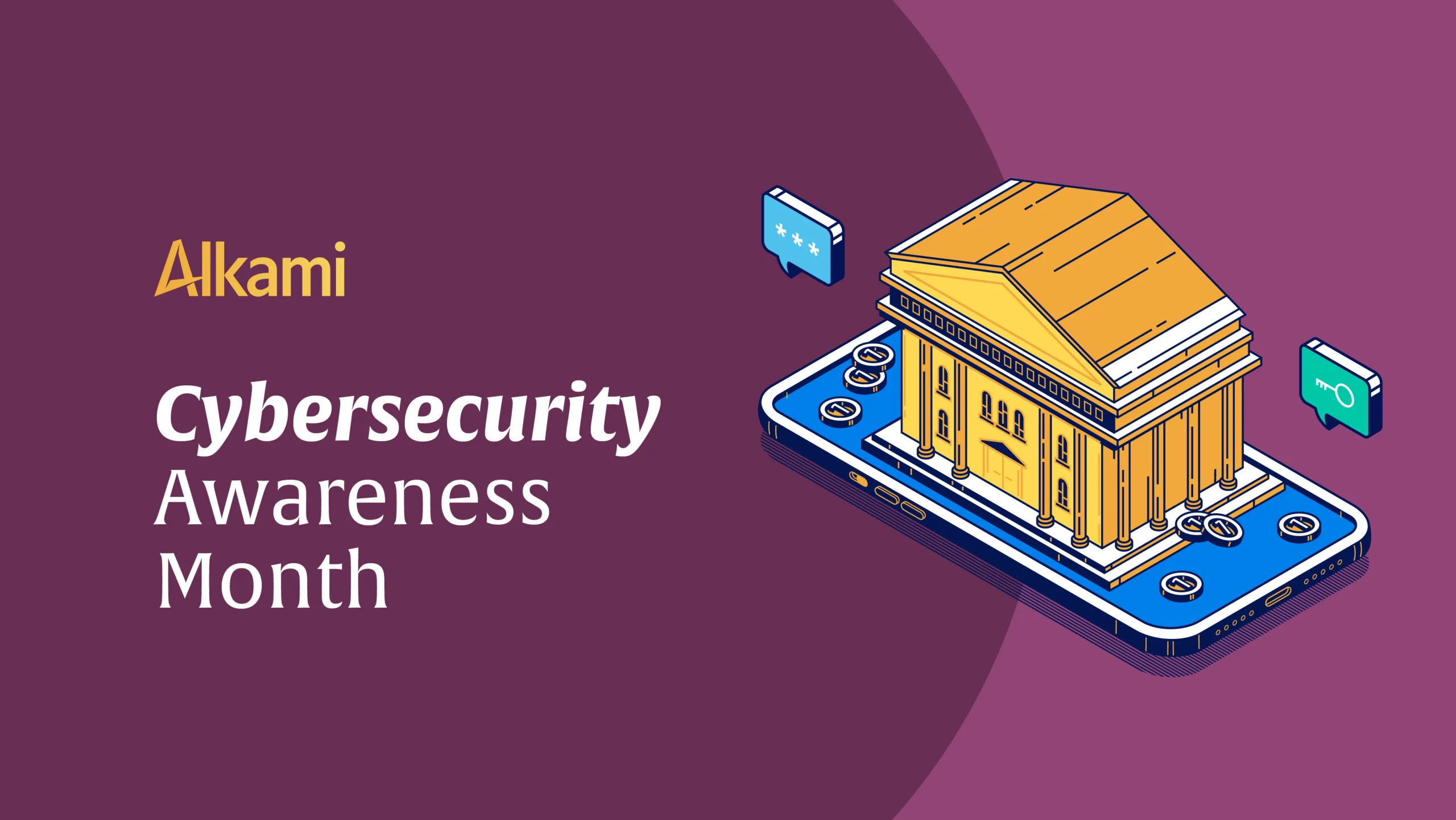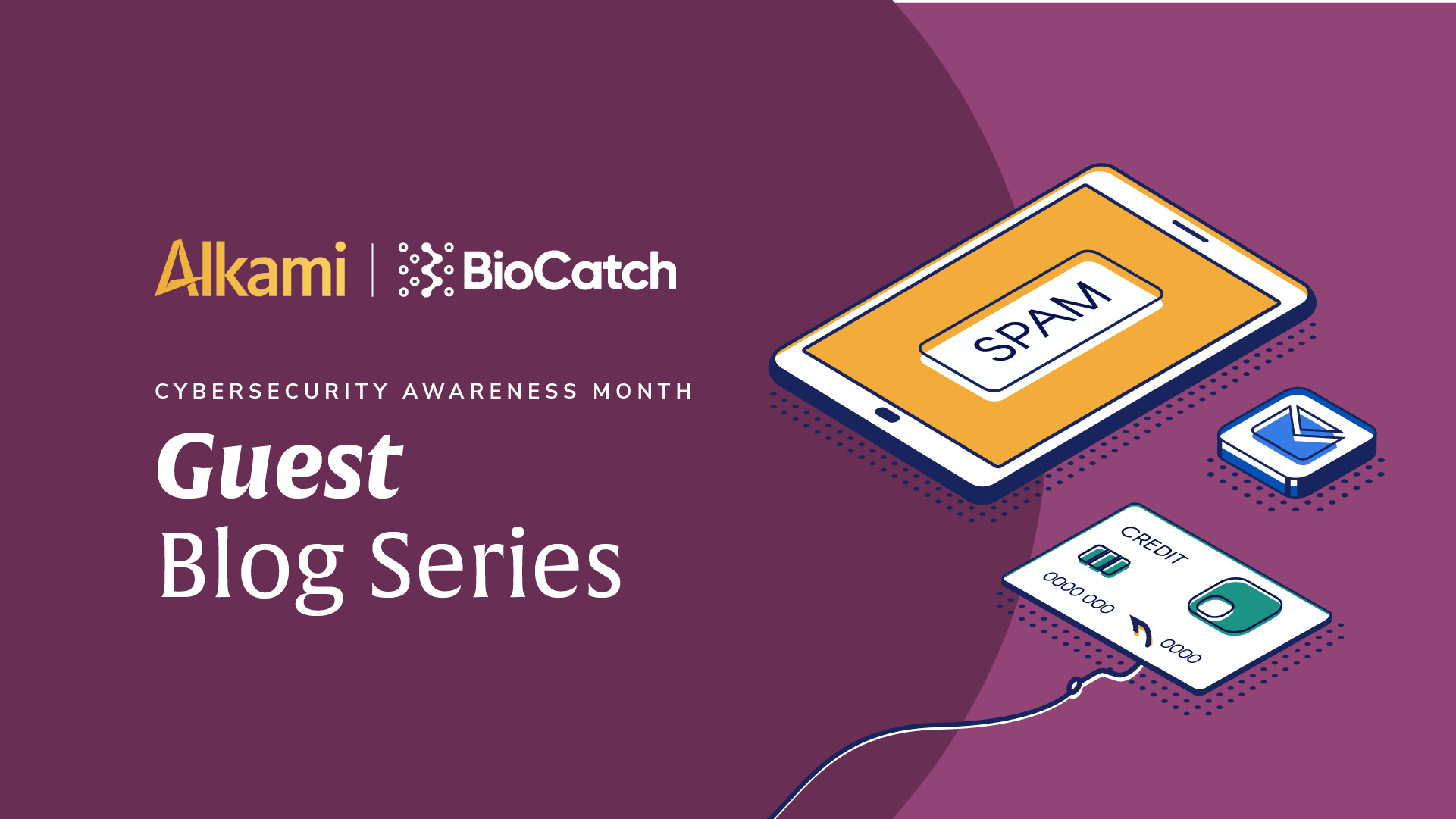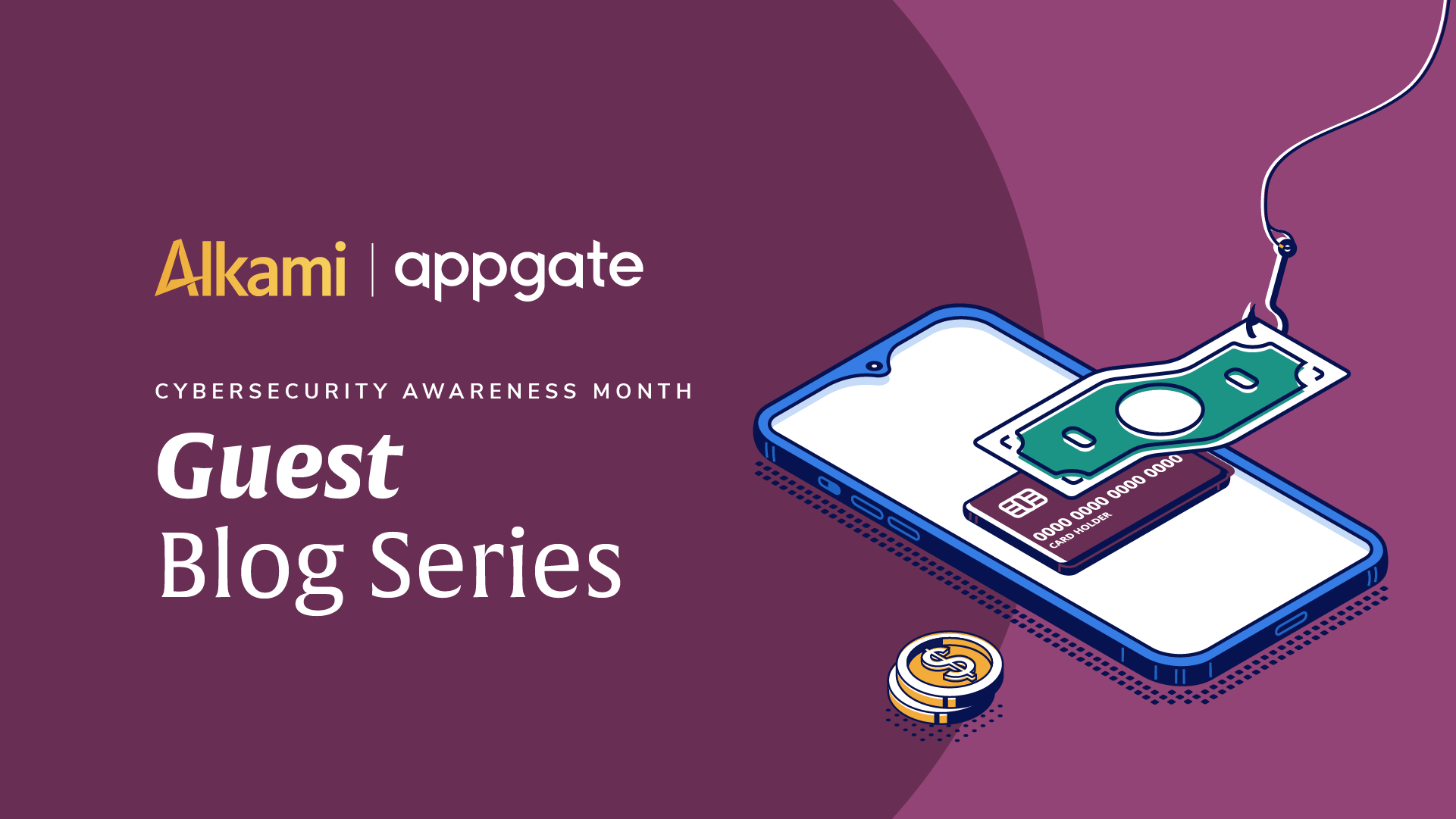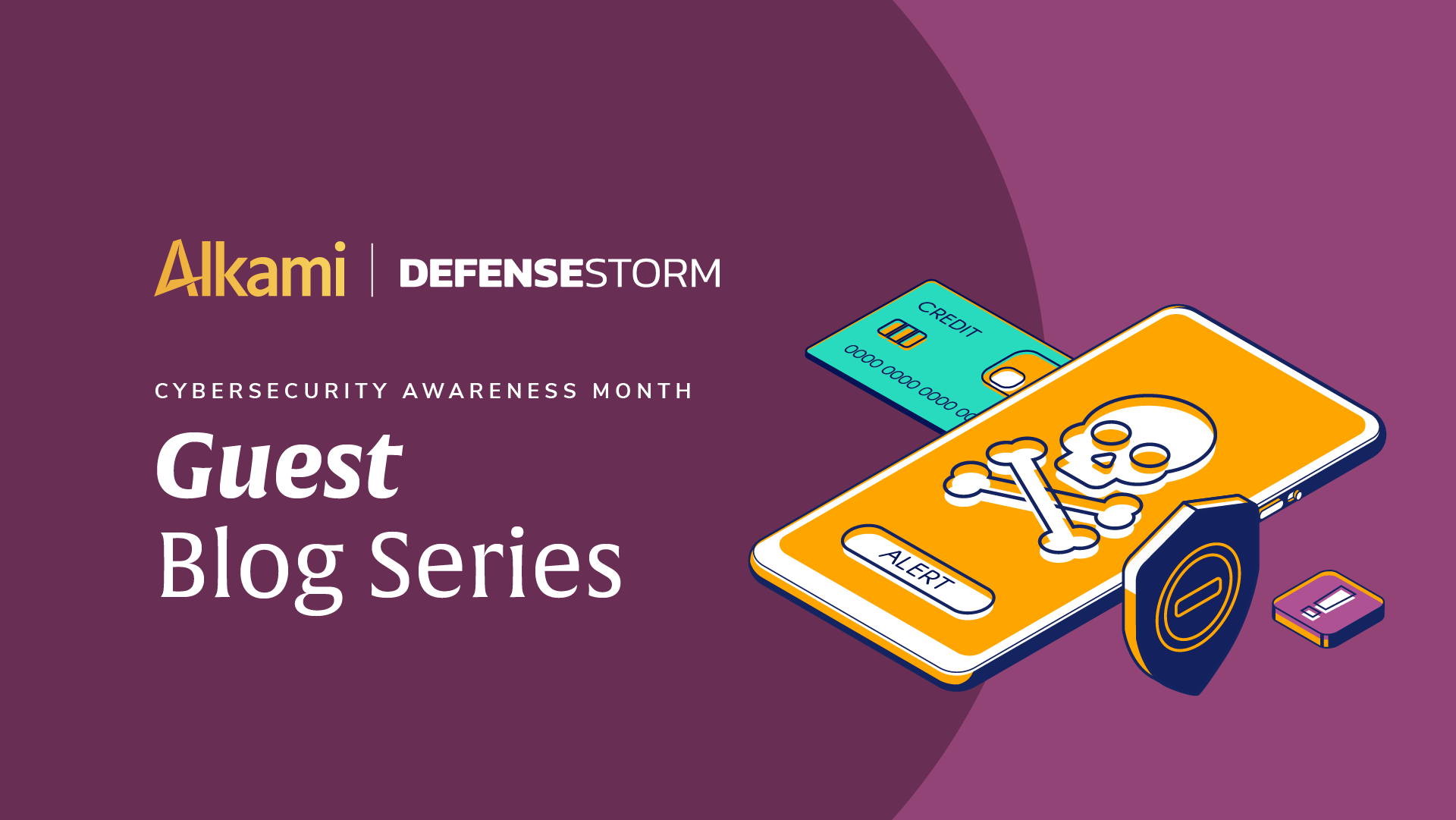A look at how financial institutions can build stronger defenses in digital banking solutions through partnerships, technology, and teamwork.
Let’s get something out of the way: fraud has leveled up.
These threats aren’t the kind that have been stereotypically portrayed in movies – bad passwords, sketchy emails, or some hacker in a hoodie typing away in the dark. Today’s fraudsters are running serious businesses. They’ve got tools, playbooks, recruitment tactics, and even Key Performance Indicators (KPIs). And unfortunately, they’re doing a pretty good job.
If you work at a financial institution, whether it’s a credit union serving your local community or a mid-size bank with a multi-state footprint, you already know this. The threats in banking security are real, they’re personal, and they’re not slowing down.
So, in honor of Cybersecurity Awareness Month, let’s talk about how we fight back with digital banking solutions and why no one team, no one tool, and no one vendor can do it alone.
Fraud Doesn’t Play Fair. Or Solo.
You don’t need another reminder that fraud is a problem. You’re living it. What’s more useful is knowing just how far ahead the fraudsters are, and what that gap looks like in real terms.
Start with liability. Under Regulation E, financial institutions are required to reimburse consumers for unauthorized electronic fund transfers often regardless of how the fraud occurred. This can be a frustrating situation when your account holder willingly gives up their login or one-time passcode. But in the eyes of Regulation E it’s on the financial institution..
Then there’s the cost. According to LexisNexis, for every $1 of fraud, banks and credit unions now spend more than $5 cleaning it up. That includes losses, investigation time, recovery efforts, and the reputational damage that lingers long after the transaction is reversed—if it can be.
And the root cause? More often than not, it’s the people. According to the FBI’s 2024 IC3 Annual Report, phishing and spoofing scams were the most reported fraud type, with over 193,000 complaints. In tech support and government impersonation scams (both built on social engineering), you’re looking at over $2 billion in losses tied directly to trust, confusion, and psychological manipulation.
Fraud has evolved. It’s fast, expensive, and increasingly human-centered. And the more it moves across channels, from online banking to call centers to text-based scams, the harder it becomes to stop with siloed tools and reactive playbooks.
If your banking security strategy isn’t adapting, it’s already behind.
Think Like a Fraudster, Build Like a Strategist
Think of fraud prevention like a sports team. You need players with different specialties: someone watching the perimeter (hello, Appgate), someone reading behavioral cues to stop social engineering in its tracks (BioCatch), and someone coordinating it all with visibility across channels (DefenseStorm).
But that’s just your starting lineup. A modern fraud defense also needs proven banking security fundamentals like multi-factor authentication (MFA) to stop unauthorized access, credential stuffing protection to block automated attacks, and Check and ACH Positive Pay to catch suspicious payments before they clear. These are table stakes for any institution serious about security.
At Alkami, we’ve spent years integrating the tools, data, and intelligence our banks and credit unions need to get ahead of evolving fraud tactics.
This Cybersecurity Awareness Month, we’re bringing that to life through a series of partner blogs highlighting three key trends that deserve your attention:
Breaking Down Internal Silos (DefenseStorm)
Cyber and fraud teams often chase the same threats but with different data and tools. DefenseStorm’s platform brings compliance, cyber, and fraud together in one place, helping institutions move from reactive to proactive. Because when everyone’s working off the same playbook, it’s a lot harder for fraudsters to sneak past the line of defense.
Elder Fraud & Social Engineering (Appgate)
The rise of elder scams is a major source of loss, brand damage, and emotional fallout. Appgate’s 360 Fraud Prevention solution is built to detect and prevent fraud before it spirals out of control. Their approach doesn’t rely on static rules but looks at real-time risk with who’s accessing what, when, and how. It’s like having a fraud radar built into your access controls.
Account Takeover Scams (BioCatch)
Fraudsters are getting smarter about how they impersonate legitimate users oftentimes using social engineering tactics. BioCatch has access to thousands of real-world account takeover (ATO) session patterns across a wide range of Alkami-connected institutions. The takeaway? ATOs are exploding and behavioral biometrics is one of the few ways to spot the difference between a genuine user and a scammer who’s been handed the keys.
Why This Month Matters (And Why It Shouldn’t End Here)
Cybersecurity Awareness Month gives us a spotlight but the work continues well after October. For banks and credit unions, one challenge is execution.
It’s knowing how to:
- Identify gaps in your fraud strategy
- Build bridges between teams
- Empower employees with the knowledge and tools to act
- Choose partners that complement your tech stack
- Educate your members and customers without overwhelming them
- And most of all, stay ahead of attacks that haven’t happened yet
The good news? You’re not in this alone. With the right partners and a layered approach to security, your institution can go from playing defense to running the whole field.
What’s Next
All month long, we’ll be publishing insights from our cybersecurity and fraud prevention partners, starting with DefenseStorm, followed by Appgate and BioCatch. Each blog will dig deeper into specific attack vectors, real-world data, and the strategies financial institutions like yours are using to fight back.
Want to take a more proactive approach to fraud prevention? Connect with an Alkami representative to learn how our digital banking solutions and partner ecosystem can help you build a smarter, layered defense.










